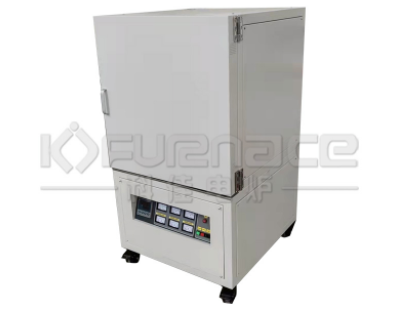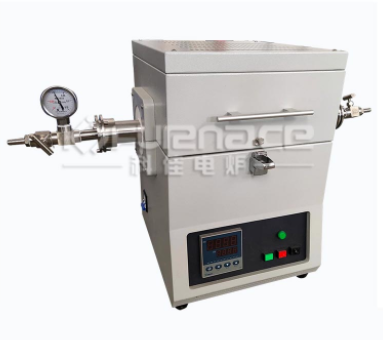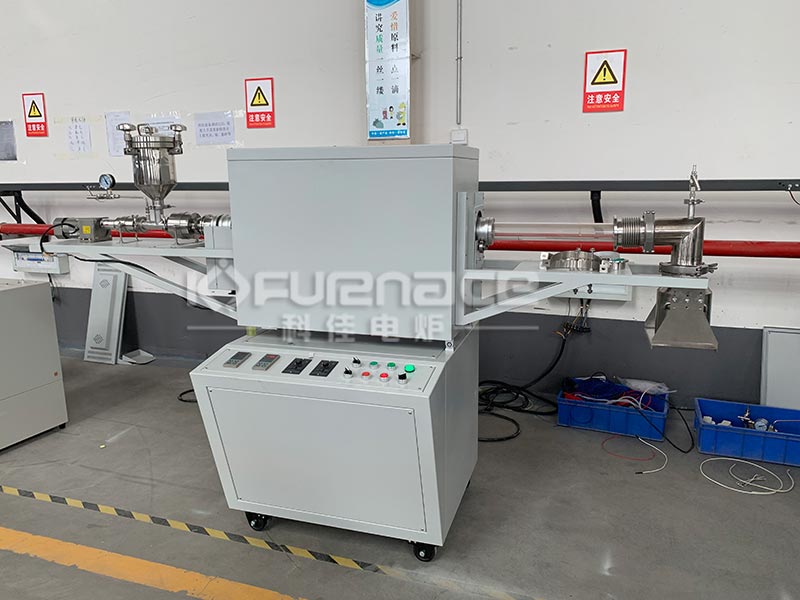Tube type heating furnace and box type furnace are two common industrial and laboratory heating equipment, which have obvious differences in structure, purpose, heating method, and other aspects.

A commonly used high box furnace (click on the image to view product details)
1. Structure and Design
Tubular heating furnace:
Structure: Usually composed of a cylindrical furnace tube and heating elements. The furnace tube can be placed horizontally, vertically, or obliquely.
Heating area: The heating area inside the furnace is a long pipeline suitable for long or linear samples.
Airtightness: Usually designed as an airtight structure, it can be operated in a specific atmosphere (such as inert gas or reducing gas).
Box furnace:
Structure: Having a rectangular or square furnace, similar to a box or chamber.
Heating area: The interior is a relatively large three-dimensional space, suitable for batch processing of large or irregularly shaped samples.
Air tightness: It is usually not as airtight as a tube furnace, but it can also be designed as a sealed type to adapt to specific atmospheres.
2. Purpose
Tubular heating furnace:
Main use: Suitable for processes that require linear heating, such as atmosphere heat treatment, material synthesis, annealing, quenching, sintering, pyrolysis, etc.
Common applications: material research, nanomaterial preparation, catalyst testing, semiconductor material processing.
Box furnace:
Main use: Suitable for batch processing and processes that require three-dimensional heating, such as sintering, melting, drying, roasting, heat treatment, etc.
Common applications: ceramic material processing, metal heat treatment, glass processing, chemical analysis.
3. Heating method
Tubular heating furnace:
Heating element: usually surrounded by the outside of the furnace tube, capable of providing uniform heating.
Temperature distribution: It is relatively uniform in the axial direction, but the radial temperature gradient may be large.
Box furnace:
Heating element: usually embedded on the wall of the furnace or placed in multiple positions inside the furnace.
Temperature distribution: The overall temperature uniformity is good, but due to the large furnace, there may be local temperature unevenness.
4. Sample processing
Tubular heating furnace:
Sample shape: Suitable for long, linear, or small-sized samples, allowing for continuous entry and exit of samples.
Operation method: The sample can be fed into the furnace tube through a push rod or conveyor belt.
Box furnace:
Sample shape: Suitable for samples of various shapes and sizes, especially for batch processing.
Operation method: Manually place or remove samples by opening the furnace door, suitable for intermittent operation.

A commonly used experimental tube furnace (click on the image to view product details)
5. Atmosphere control
Tubular heating furnace:
Atmosphere control: Due to its good airtightness, it can accurately control the atmosphere inside the furnace and is suitable for operation under inert gas, reducing gas, or vacuum conditions.
Box furnace:
Atmosphere control: The air tightness is poor, but it can also be designed as a sealed type to adapt to specific atmospheres, commonly used in air or simple gas environments.
6. Cost and Maintenance
Tubular heating furnace:
Cost: Usually slightly lower than box furnaces, especially for small laboratory furnaces.
Maintenance: The structure is relatively simple and maintenance is relatively convenient.
Box furnace:
Cost: Usually high, especially for large industrial furnaces.
Maintenance: Due to its complex structure, maintenance costs and difficulties are high.
7. Application scenarios
Tubular heating furnace: commonly used in research and development fields, especially in laboratories and small-scale production that require precise control of atmosphere and temperature.
Box furnace: commonly used in industrial production and large-scale processing, suitable for processing various shapes and large quantities of samples.

A commonly used experimental rotary tube furnace (click on the image to view product details)
So, tube heating furnaces and box furnaces each have their own advantages and applicable scenarios, and the selection should be based on specific experimental or production needs.Click to learn more tube furnace or box furnace! Or click on online customer service to learn more about product information!